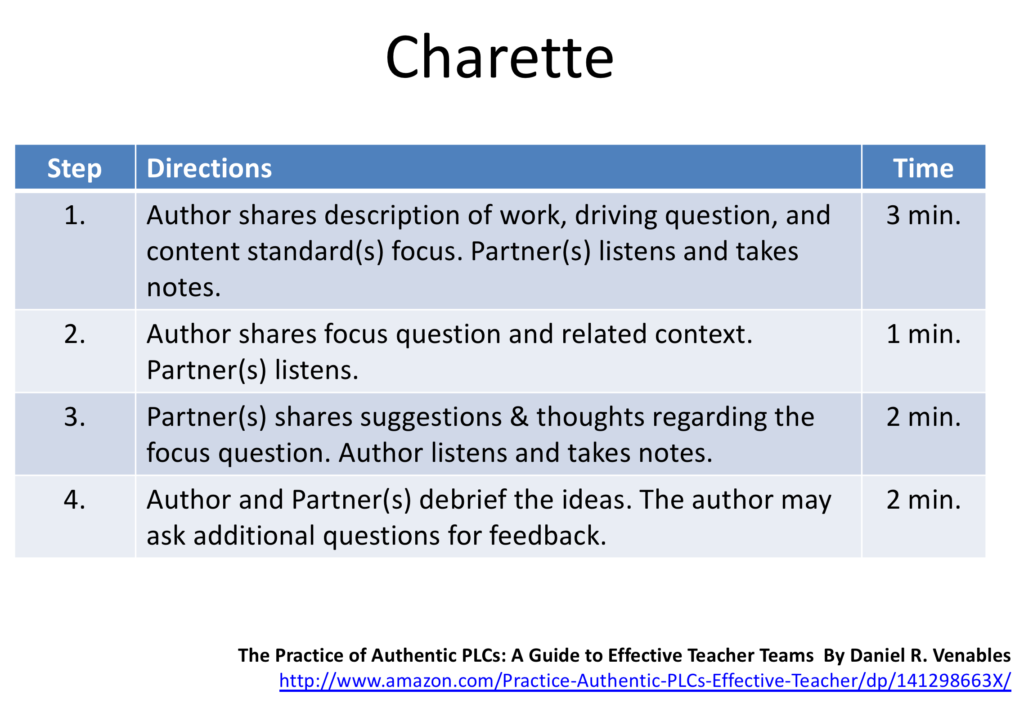Collaboration | Science of Collaboration | First Action Steps | Application Strategies
Communication for Collaboration | Feedback | Reading for Understanding | Deeper Thinking & Reflection
 “Be Constructive, Specific, and Kind”
“Be Constructive, Specific, and Kind”
This is how critiques of work products should happen. Yet without guidance, the feedback can turn into an open dumping of disconnected ideas. The receiver can become overwhelmed and be unable to hear anything useful. Clear starter stems, as seen with Talk Moves, helps set the frame for the feedback. The following starter statements teach how to give feedback that is constructive, specific, and kind.- I noticed…
Used to share specific things and ideas that are concretely present. Minimize use of adjectives to keep the focus on the work or actions. - I wonder…
Used to share observations about possible needs or concerns, such as gaps to be filled. No suggestions are made so that the author can decide if edits are needed. Minimize use of adjectives as they may be interpreted as not constructive or kind. - What if…
Used to make suggestions to address a concern or gap. It’s also used to give ideas to make something “even” better.
- I noticed…
- Charrette
The Charrette protocol (SRI) enables students to share work artifacts and control the focus for the feedback. They state what feedback they are looking for, and the group must use that focus for their critique and suggestions.

- Gallery Walk for Feedback
Using the Gallery Walk for Feedback (Teacher Toolkit) is way to provide useful information to students about their artifacts from their peers. Incorporate starter stems, like the ones included above, so that students practice writing feedback that is constructive, specific, and kind. - Tuning Protocol
There are several variations for doing a Tuning Protocol (by National School Reform Faculty). Like others in the same area, the purpose is to provide a reflective structure that is efficient for giving effective feedback. Like the Charette mentioned above, this protocol empowers students to self-direct the process, which allows teachers to coach where needed.
